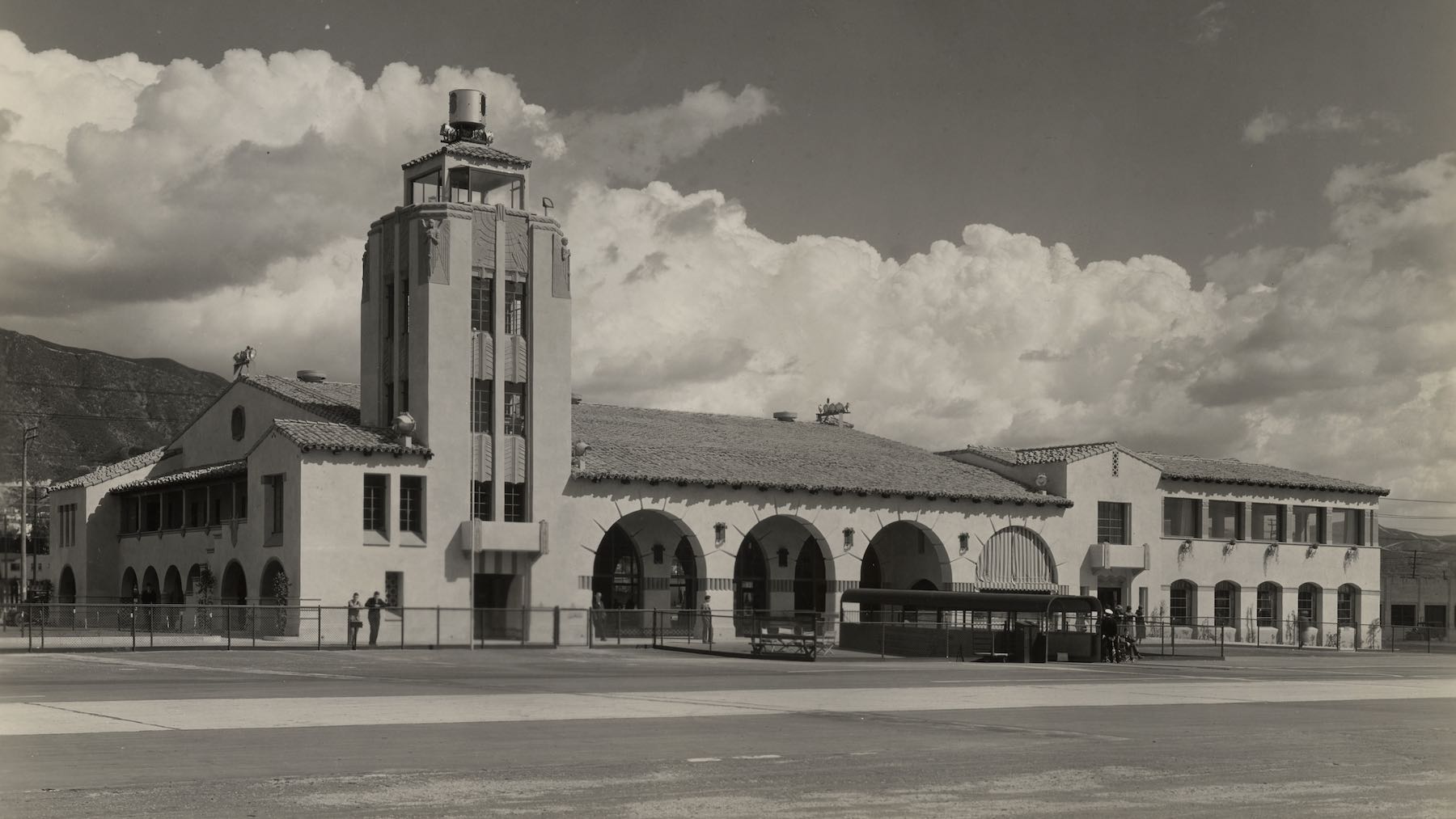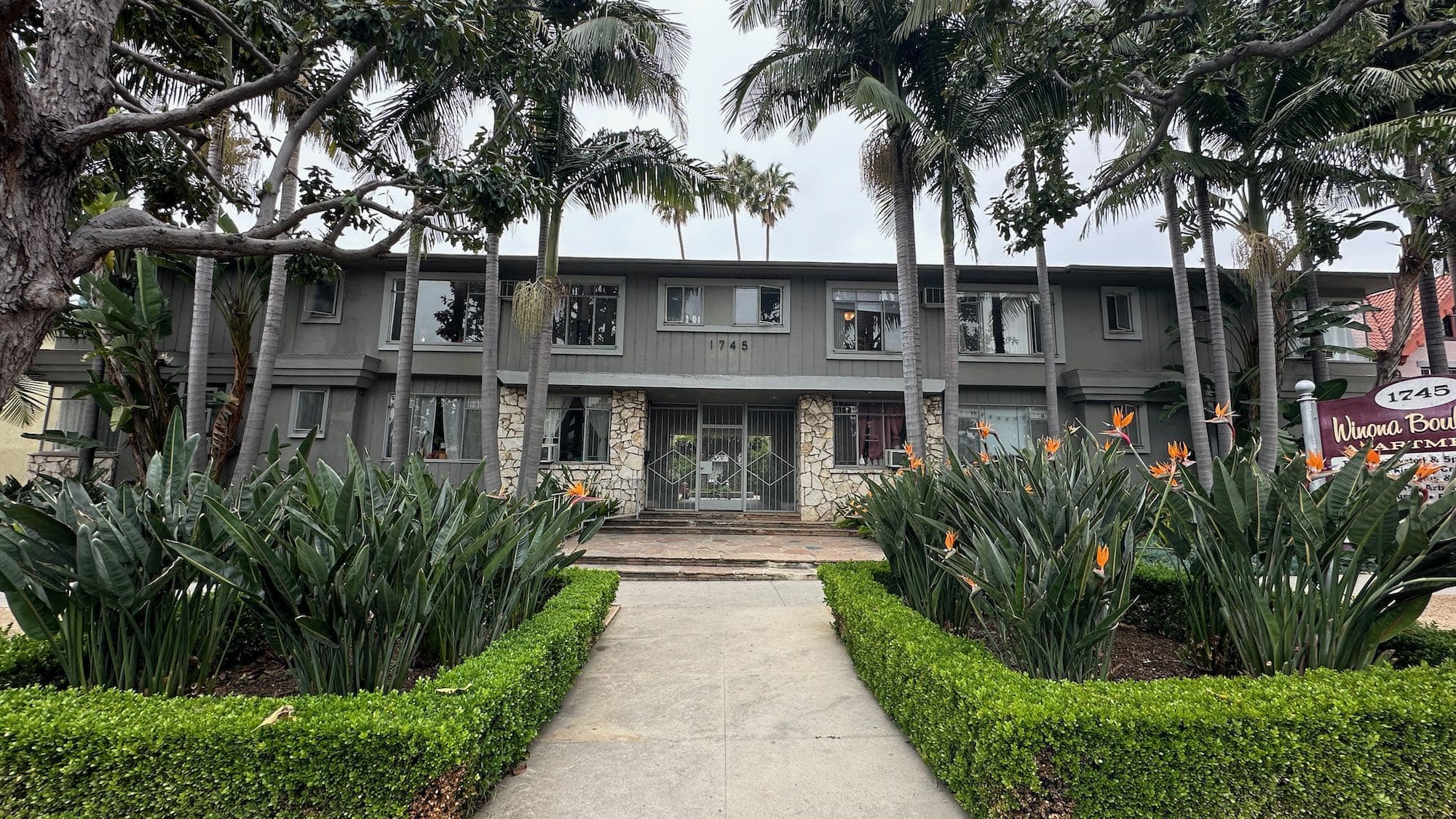#242: King Edward Hotel (Skid Row)
December 8, 2024
The King Edward Hotel was one of four hotels designed by John Parkinson along a three-block stretch of 5th Street in the early decades of the 1900s. It's home to the infamous dive bar the King Eddy Saloon, and housed a subterranean speakeasy during Prohibition – still intact, a century later.














